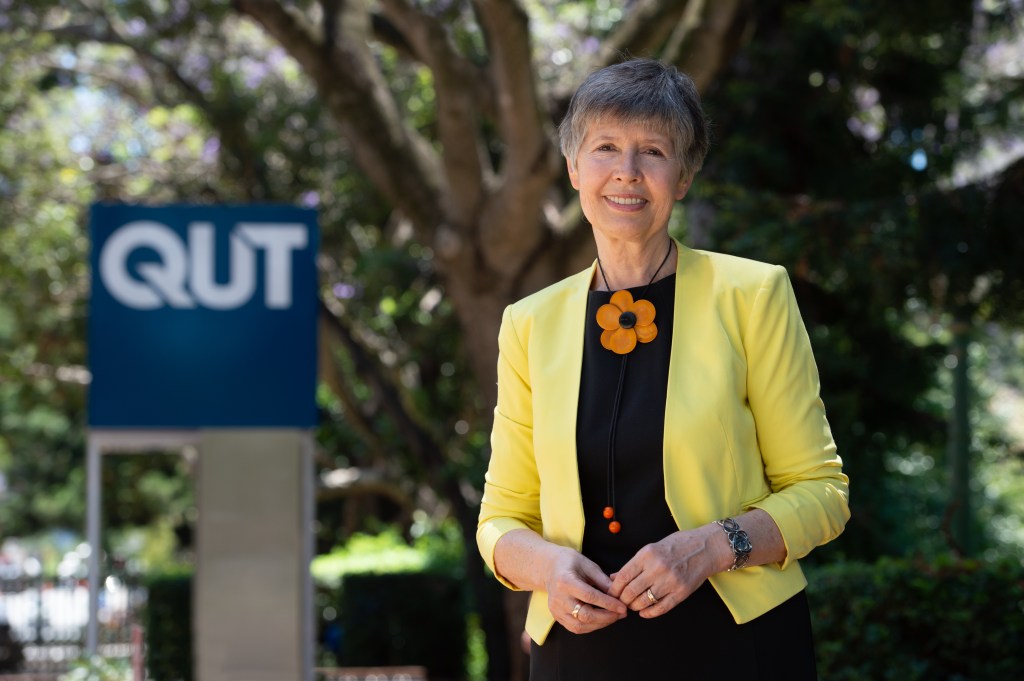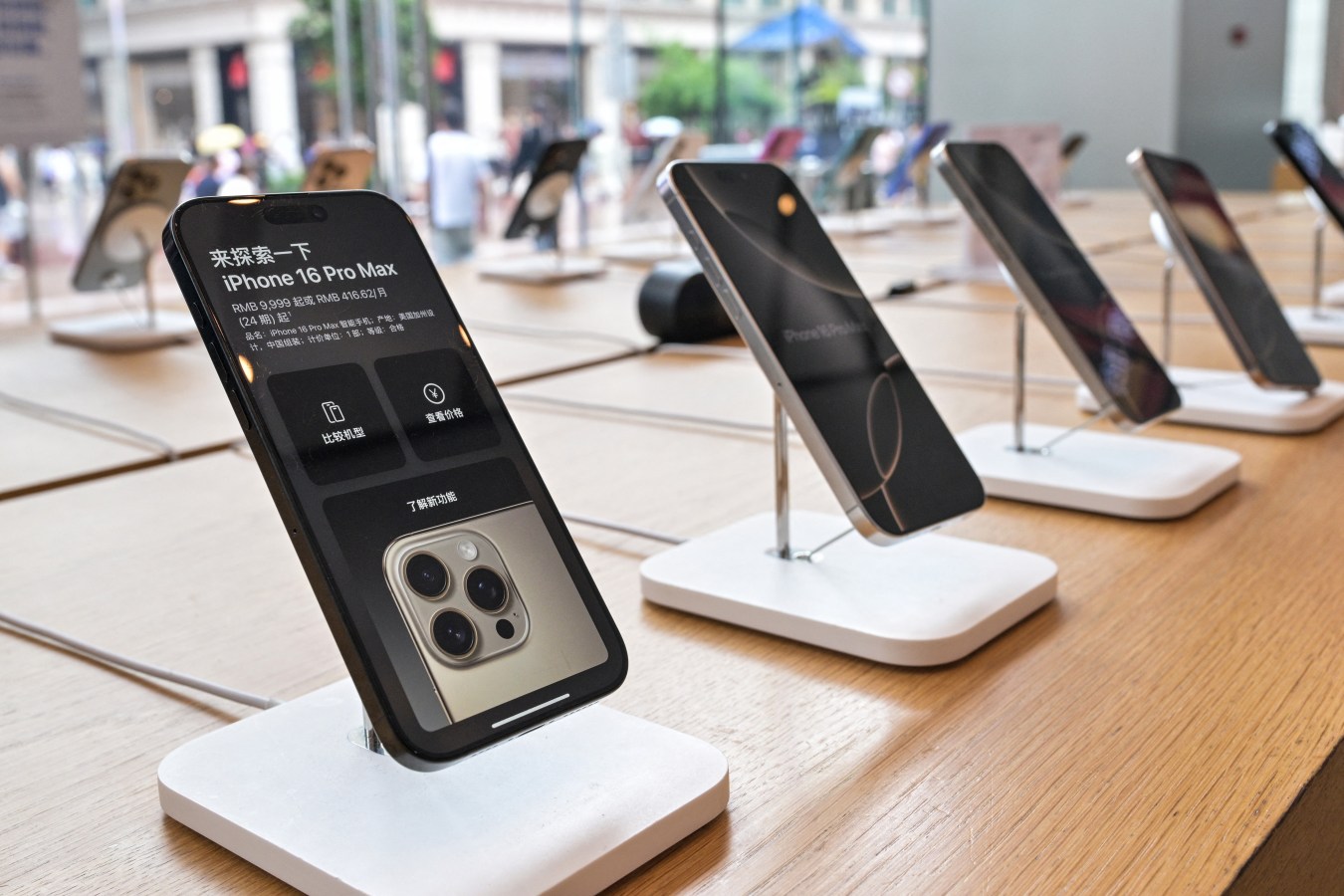Lidia Morawska is a Distinguished Professor at Queensland University of Technology, a TIME 100 Most Influential Person and now a L’Oréal – UNESCO For Women In Science Laureate. She speaks to Forbes Australia about her life’s mission to improve indoor and ambient air quality – a problem that costs the global economy trillions of dollars.

In the middle of the COVID-19 pandemic, Distinguished Professor Lidia Morawska assembled a team of 239 scientists from across the globe with one goal: to get the World Health Organisation (WHO) to shift the dial on its air quality guidelines. In September 2020, she achieved that goal.
Professor Morawska was born in Poland in the early 50s. By the time she was in primary school, she was determined to be a nuclear physicist and, by 1982, had achieved a physics doctorate in Poland. In 1991, she established the Environmental Aerosol Laboratory at the Queensland University of Technology (QUT), renamed the International Laboratory for Air Quality and Health in 2002. Today, she holds a plethora of directorships and titles both at the University and in the wider scientific community.
Her research field is – and always has been – particularly niche: ultrafine air particle detection and the quality of indoor and ambient (outdoor) air.
Ultrafine air particles are tiny – smaller than 0.1 micron (where 1 micron is 1/25,000th of an inch) in diameter – air particles and are small enough to pass through the lung tissue into the bloodstream.
Sick people don’t come to work – this is productivity lost. Kids are infected at school and, in turn, infect their parents or force them to stay home to look after them. It’s a cycle, and the resulting costs are massive.”
– Professor Lidia Morawska, Director, International Laboratory for Air Quality and Health
These particles pose a health risk – particularly cardiovascular risks like heart attacks or strokes. But there aren’t too many scientists interested in investigating this area of science – bar Morawska. She developed the WHO’s guidelines on air quality back in 2005.
“There was only one paragraph on ultra-fine air particles, which I wrote,” she says. “That’s all the space they would allow me.”
Related
But in 2020, at the height of the pandemic, Morawska realised the guidelines needed some work. She gathered a team of scientists to present a whitepaper to the WHO on the health risks of airborne particles for the Organisation’s consideration. The WHO responded by implementing new air quality levels to protect the population’s health – and many national authorities, like the US Center for Disease Control, subsequently updated their advice, too. The new guidelines were focused on reducing levels of key air pollutants like ozone, nitrogen dioxide, sulphur dioxide, particulate matter and carbon monoxide. Millions of infections were prevented.
“Nothing is more fundamental than the air we breathe,” Morawska says. “Through my research, I am helping to redefine the science of air pollution and transform the way society can mitigate and prevent risks, linking science with real-world practice and policy.”

More than 90% of the world’s population lives in places where air pollution levels exceed even the previous, much higher WHO guideline limits. With these new limits, it’s now almost everyone, she says. And poor air quality poses a serious financial threat: a 2016 report by the OECD found that air pollution could cost 1% of the global Gross Domestic Product – or around US$2.6 trillion – annually by 2060 due to sick days, medical bills and reduced agricultural output.
“We spend more than 90% of our time indoors,” Morawska says. “Sick people don’t come to work – this is productivity lost. Kids are infected at school and, in turn, infect their parents or force them to stay home to look after them. It’s a cycle, and the resulting costs are massive.”
The guideline updates put Morawska at the forefront of her field, and in 2021, she was named a TIME 100’s Most Influential Person for her work. In June 2023, Morawska was also recognised for her research at the Fondation L’Oréal and Unesco For Women In Science 25th annual awards in Paris. As a 2023 Laureate, she was given 100,000 euro ($160,000) to help further her research.
“Lidia has a commitment to women and to equality that is extremely important for us,” CEO of Fondation L’Oréal, Alexandra Palt, says. “That’s important for the Fondation because we seek to create a community of women who support each other, who share information, advice, knowledge… I’m happy to see Lidia become part of this community.”
While the guidelines are a significant win, they don’t amount to a solid solution. The real solution, Morawska says, is clean energy.
“Full stop,” she says. “The complexity is that in each region, depending on the climate, there’s a different package of energy sources. There’s not just one perfect solution worldwide. For example, in Australia, we have so much wind. This is an obvious source. But we can never rely on one source – there must be a broad solution.”
Look back on the week that was with hand-picked articles from Australia and around the world. Sign up to the Forbes Australia newsletter here or become a member here.






